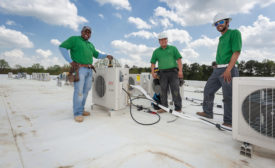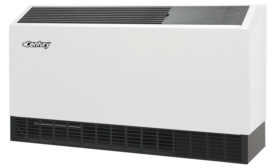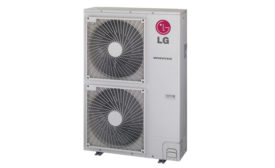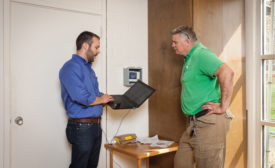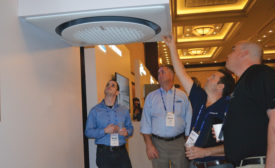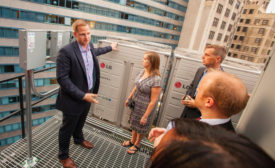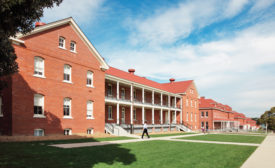Split Systems
New equipment rolled out for the warmer months
Read More
Ductless Continues to Mature in the American HVAC Market
VRF and multi-zone functionality are gaining traction across the country
Read More
VRF an Efficient, Adequate Zoning Solution for Methodist Church
St. James United Methodist Church’s mixed-use nature required a versatile comfort fix
February 8, 2016
Samsung Draws Record Attendance
Samsung HVAC/Quietside unveiled several new products to conference attendees
Read More
Chicago Motor Club Embraces VRF Technology
LG VRF systems provide comfort while maintaining building’s historic integrity
December 28, 2015
VRF Systems Demonstrate Sustainability, Energy Efficiency
Three working examples demonstrate versatility of VRF technology
Read More
Copyright ©2024. All Rights Reserved BNP Media.
Design, CMS, Hosting & Web Development :: ePublishing

